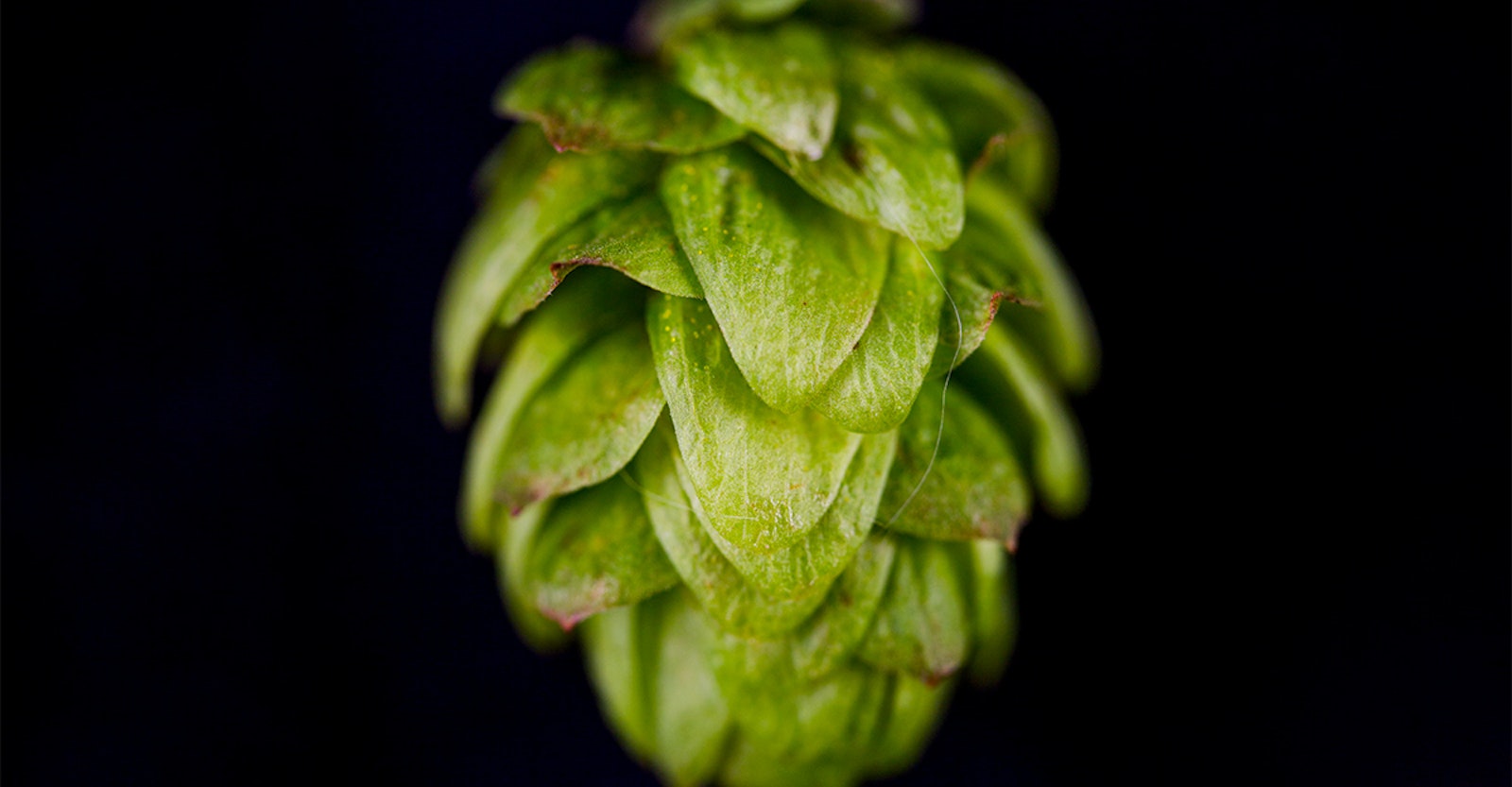At Double R Hop Ranches in Harrah, Washington, operation manager Jessica Riel made it official last fall that the farm had harvested its last crop of Cascade.
“We’re throwing in the towel,” she says.
Double R began growing Cascade in 1975, four years after the USDA released it to farmers and well before it would become an essential ingredient at thousands of small breweries. A year after the Hop Quality Group created the Cascade Cup competition in 2013, Double R tied for second runner-up. The decision to pull the last 35 Cascade acres—down from a peak of 150—out of the ground was not an easy one. However, it was practical because of hop stunt viroid (HSVd), one of many diseases that may reduce the quality and yield of hop plants.

